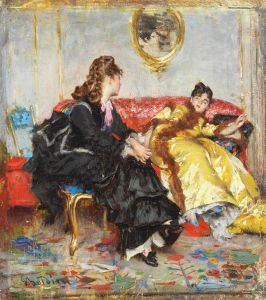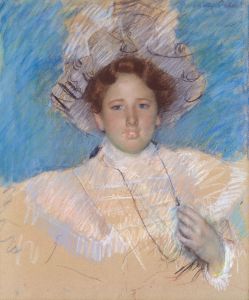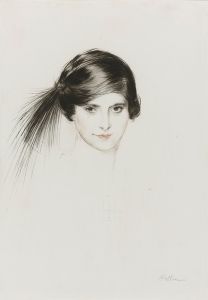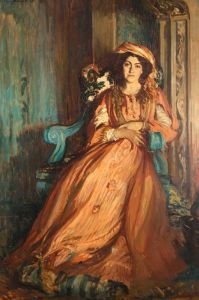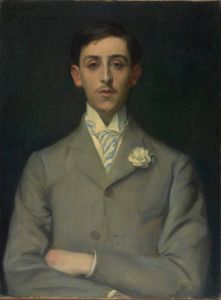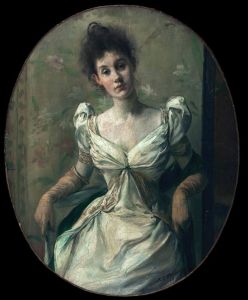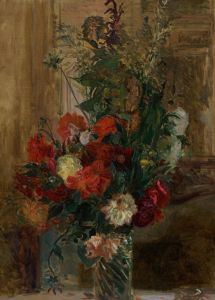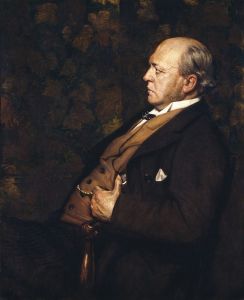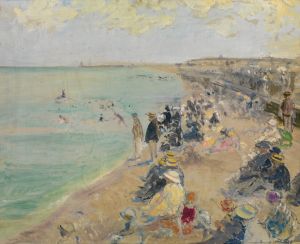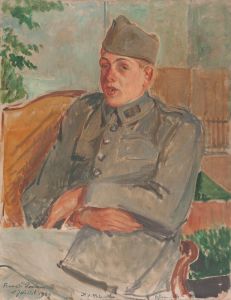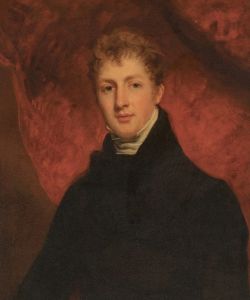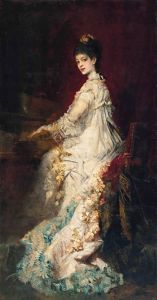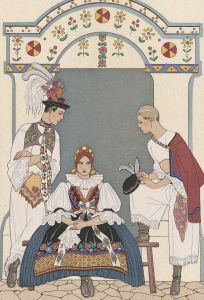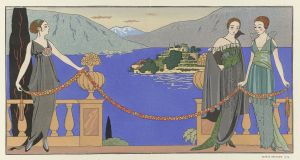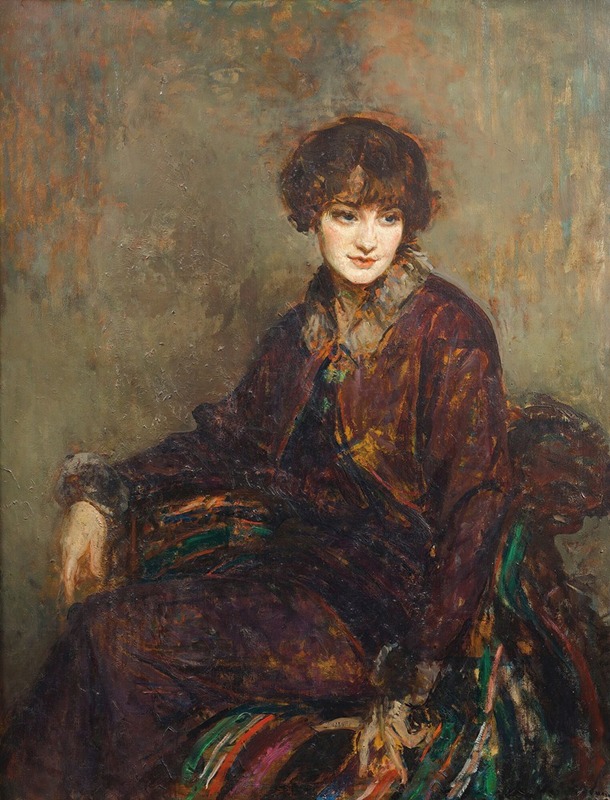
Princesse Jean De Broglie, Depuis Honorable Mrs Daisy Fellowes
A hand-painted replica of Jacques-Émile Blanche’s masterpiece Princesse Jean De Broglie, Depuis Honorable Mrs Daisy Fellowes, meticulously crafted by professional artists to capture the true essence of the original. Each piece is created with museum-quality canvas and rare mineral pigments, carefully painted by experienced artists with delicate brushstrokes and rich, layered colors to perfectly recreate the texture of the original artwork. Unlike machine-printed reproductions, this hand-painted version brings the painting to life, infused with the artist’s emotions and skill in every stroke. Whether for personal collection or home decoration, it instantly elevates the artistic atmosphere of any space.
Jacques-Émile Blanche was a prominent French artist known for his portraits of notable figures from the late 19th and early 20th centuries. One of his works, "Princesse Jean De Broglie, Depuis Honorable Mrs Daisy Fellowes," captures the image of Daisy Fellowes, a renowned socialite, fashion icon, and writer of her time.
Daisy Fellowes was born on April 29, 1890, as Marguerite Séverine Philippine Decazes de Glücksberg. She was the daughter of the Duke Decazes and Isabelle-Blanche Singer, the latter being the heiress to the Singer sewing machine fortune. Daisy's life was marked by her high-profile social standing and her influence in the fashion world. She was known for her impeccable style and was a prominent figure in the haute couture scene, often associated with designers like Elsa Schiaparelli.
The portrait by Jacques-Émile Blanche is significant as it reflects both the artist's skill and the subject's status. Blanche was known for his ability to capture the essence of his subjects, often portraying them with a sense of elegance and sophistication. His style was influenced by both Impressionism and the more traditional techniques of portraiture, which allowed him to create works that were both modern and timeless.
In this particular painting, Daisy Fellowes is depicted with a sense of poise and confidence, characteristics that were often associated with her public persona. The portrait likely highlights her fashion sense, possibly showcasing her in attire that reflects the trends of the time or her personal style preferences. Blanche's use of color and composition would have been carefully considered to emphasize these aspects, making the portrait not only a representation of Daisy Fellowes but also a reflection of the era's cultural and social milieu.
Daisy Fellowes' life was intertwined with various facets of the arts and society. She was married twice, first to Prince Jean Amédée Marie Anatole de Broglie and later to Reginald Ailwyn Fellowes, a banker. Her marriages and social connections placed her at the center of elite circles in both Europe and America. Beyond her social engagements, Fellowes was also an editor for French Harper's Bazaar and authored several novels, further cementing her influence in the cultural landscape of her time.
The portrait by Jacques-Émile Blanche serves as a historical document, capturing not just the likeness of Daisy Fellowes but also the spirit of an era where art, fashion, and society were intricately linked. It stands as a testament to Blanche's artistic prowess and Fellowes' enduring legacy as a muse and icon. While specific details about the painting's creation, such as the exact year it was painted or its current location, might not be readily available, the significance of both the artist and the subject ensures that the work remains an important piece in the study of early 20th-century portraiture.





